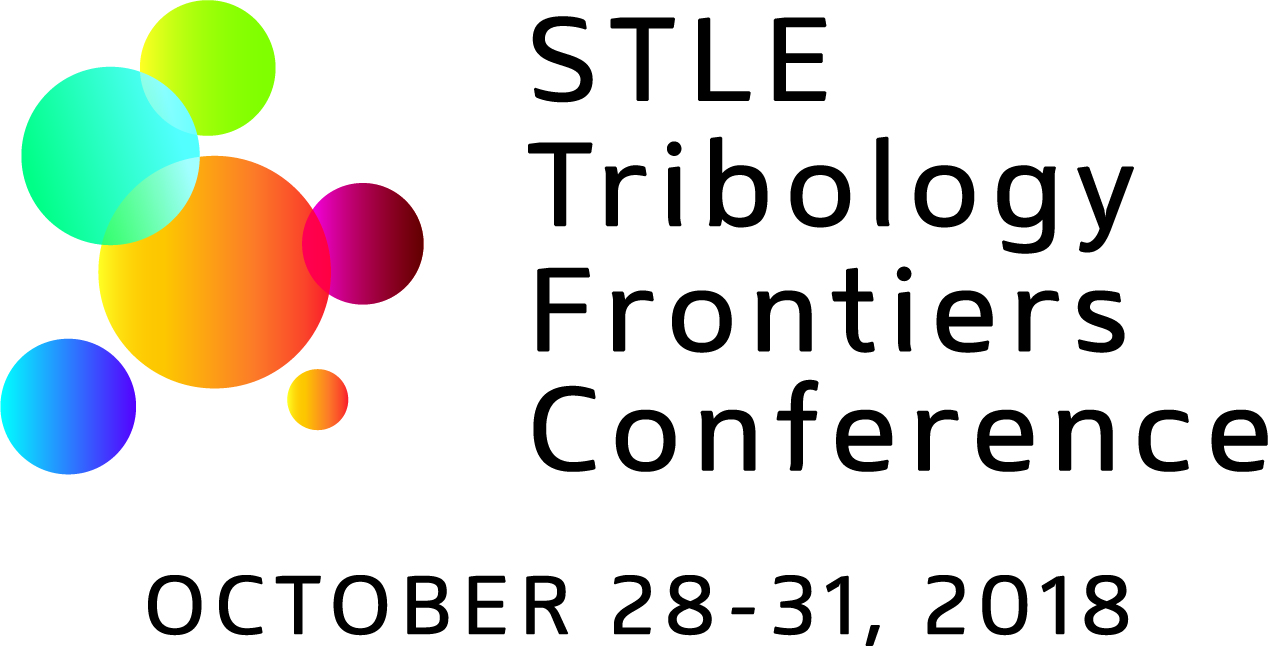Mechanics of surfaces: a new look at the old problem of wear
Ramin Aghababaei (1)*, Derek H. Warner (2) and Jean-Francois Molinari (1) | TLT 2016 TFC Abstract Highlights September 2017
1. Institute of Civil Engineering, Institute of Materials Science and Engineering, Ecole Polytechnique Fédérale de Lausanne (EPFL), CH 1015 Lausanne, Switzerland.
2. School of Civil and Environmental Engineering, Cornell University, 373 Hollister Hall, Ithaca, New York 14853, USA.
*Correspondence should be addressed to RA (email: ramin.aghababaei@epfl.ch).
For the benefit of our readers involved in tribology research, TLT is publishing abstracts of the best papers presented at the 2016 TFC. Registration for the 2018 TFC opens in May. Until then, you can find 2018 updates and program information at www.stle.org.

Co-sponsored by ASME Tribology Division.
Despite the three-centuries-long history of inquiry into the understanding of wear [1] and the existence of empirical laws (e.g., Archard’s wear law [2]), wear remains one of the least understood areas of mechanics [3]. The process emerges from a rich variety of complex mechanisms at disparate time and length scales (e.g., contact, friction, severe inelastic deformation, fracture and fatigue), which has restricted wear prediction to empirical models. A recently-developed novel numerical technique [4] presents a novel step toward understanding the physical origins of material detachment process. It reveals the existence of a critical length scale for junction size, above which surface asperities lead to “fracture” and thus produce wear debris particles, while smaller junctions exhibit “plastic” deformation (
see Figure 1). This physics-based understanding shines new light on longstanding challenges in wear.

 Figure 1. Numerical simulations distinguish two wear mechanisms at the asperity level. (a.) shows the plastic smoothing mechanism in the absence of wear debris particle for a small asperities junction. (b.) presents the fracture-induced particle formation mechanism for a large asperity junction. See [4] for detailed information about the simulations.
Figure 1. Numerical simulations distinguish two wear mechanisms at the asperity level. (a.) shows the plastic smoothing mechanism in the absence of wear debris particle for a small asperities junction. (b.) presents the fracture-induced particle formation mechanism for a large asperity junction. See [4] for detailed information about the simulations.
REFERENCES
[1] C. Hatchett,
Philosophical Transactions of the Royal Society of London 93, 43 (1803).
[2] J. F. Archard,
Journal of Applied Physics 24, 981 (1953).
[3] A. Schirmeisen,
Nature Nanotechnology 8, 81 (2013).
[4] R. Aghababaei, D. H. Warner, and J.-F. Molinari,
Nature Communications 7, 11816 (2016).